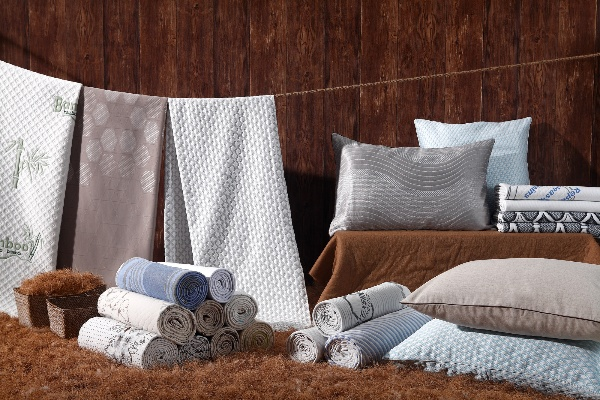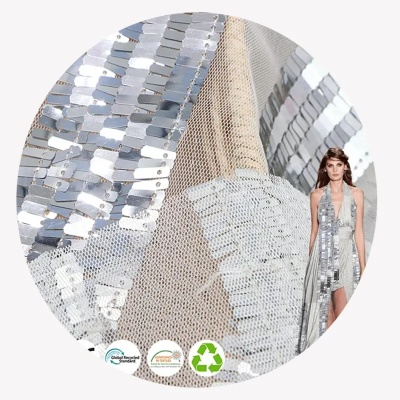Textile Printing Pretreatment A Comprehensive Guide
This paper provides a comprehensive guide to textile printing pretreatment, covering various techniques and methods used in the process. It covers topics such as cleaning and degreasing of fabrics, sensitization, fixing, and drying. The guide also discusses the importance of selecting appropriate chemicals for each step in the process, as well as the potential risks associated with improper use of these chemicals. Additionally, it highlights the benefits of using eco-friendly and non-toxic pretreatment methods, which are becoming increasingly popular in the industry. Overall, this guide aims to provide a thorough understanding of the textile printing pretreatment process, helping professionals make informed decisions about the best approach for their specific needs.
Introduction: Textile printing pretreatment is a critical step in the dyeing and finishing process of textile products. It involves several steps such as cleaning, scouring, bleaching, mercerization, and other treatments to prepare the fabric for the subsequent printing process. In this presentation, we will cover the different pretreatment methods, their advantages and disadvantages, and how they can be optimized for maximum efficiency and quality.
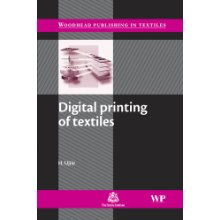
Table 1: Different Pretreatment Methods
| Method | Advantages | Disadvantages |
|---|---|---|
| Cleaning | Removes dirt and oils from the fabric | May damage the fibers |
| Scouring | Removes embedded dirt and stains | Can be time-consuming |
| Bleaching | Removes colorants and improves brightness | May cause fading over time |
| Mercerization | Softens the fabric and increases its absorbency | May affect the final finish |
Case Study: The Benefits of Using Advanced Pretreatment Techniques
In the textile industry, there has been a growing trend towards using advanced pretreatment techniques to improve the quality and durability of printed textiles. For example, a company that specializes in printed clothing used an innovative pretreatment process that involved a combination of cleaning, scouring, and bleaching. This process not only removed dirt and oil but also enhanced the brightness and clarity of the printed patterns. As a result, the product sold at a higher price point and had a longer shelf life.
Another case study involved a garment manufacturer that used a more traditional pretreatment method for their fabrics. Despite achieving satisfactory results, they found that the printed designs faded over time due to the lack of a proper pretreatment process. This experience led them to invest in a more advanced pretreatment technique, which resulted in improved colorfastness and increased customer satisfaction.
Conclusion: The success of textile printing depends heavily on the quality of the pretreatment process. By understanding the various pretreatment methods and their advantages and disadvantages, textile manufacturers can optimize their processes and achieve maximum efficiency and quality. Additionally, adopting innovative pretreatment techniques can help companies stay ahead of the competition and meet the demands of modern consumers.
在纺织品印花过程中,前处理环节至关重要,本PPT将详细介绍纺织品印花前处理的相关知识,包括其重要性、流程及注意事项,通过案例分析,帮助听众更好地理解纺织品印花前处理的过程。
纺织品印花前处理概述
前处理的重要性
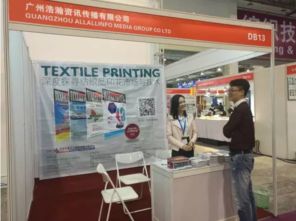
纺织品印花前处理是确保印花效果的关键步骤,通过优化印花前的处理工艺,可以提升印花质量、提高印花效率,同时减少后续印花的缺陷。
前处理流程
(1)原料准备:检查原料的质量和规格,确保符合印花要求。 (2)清洗:去除原料表面的杂质、油污等。 (3)预处理:使用特定的化学药剂对原料进行预处理,如染色前处理、印花前处理等。 (4)干燥:将处理后的原料进行干燥,确保其达到适宜的湿度。 (5)测试与评估:对处理后的纺织品进行质量测试和评估,确保符合印花要求。
案例分析
纺织品印花前处理技术应用
某品牌采用先进的纺织品印花前处理技术,成功提高了印花质量,该技术采用了特殊的化学药剂,对原料进行预处理,使印花效果更加鲜艳、细腻,通过案例分析,我们可以看到该技术的应用优势和效果。
纺织品印花前处理工艺优化
某纺织企业通过优化印花前处理工艺,提高了印花效率,他们采用了更高效的清洗和预处理方法,减少了处理时间,提高了生产效率,通过案例分析,我们可以看到工艺优化的具体效果和意义。
纺织品印花前处理技术说明
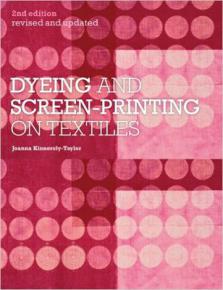
染色前处理技术
染色前处理技术包括染色剂的选择、使用方法和注意事项等,在选择染色剂时,需要考虑染色剂的色泽、牢度、环保性等因素,使用染色剂时,需要按照说明书进行操作,注意控制温度、时间等参数,还需要注意染色后的清洁和干燥工作,避免残留物对后续印花的影响。
印花前处理技术案例分析
(1)某品牌采用新型印花前处理技术,成功提高了印花效果和效率,该技术采用了特殊的化学药剂和设备,对原料进行预处理,使印花效果更加鲜艳、细腻,该技术还具有环保、节能等优点。
(2)某纺织企业在印花前处理工艺方面进行了优化,采用了更高效的清洗和预处理方法,减少了处理时间,提高了生产效率,该优化方案不仅提高了印花质量,还降低了生产成本。
注意事项与建议
- 在进行纺织品印花前处理时,需要注意以下几点:选择合适的原料和处理剂,控制好温度、时间等参数;注意清洁和干燥工作,避免残留物对后续印花的影响;注意环保和安全操作。
- 对于纺织品印花前处理的建议:企业应加强技术研发和创新,不断提高前处理工艺的水平和质量;企业还应注重环保和可持续发展,采用更加环保的前处理工艺和技术。
总结与展望
纺织品印花前处理是确保印花效果和质量的关键步骤,通过优化前处理工艺和提高技术水平,可以提升印花质量、提高印花效率,同时减少后续印花的缺陷,在未来的纺织品印花过程中,企业应加强技术研发和创新,注重环保和可持续发展,提高纺织品的质量和竞争力。
Articles related to the knowledge points of this article:
Introduction to the Fabric Ingredient Adhesive
The Art of Textile Labels and Their Incredible Benefits for Customers


